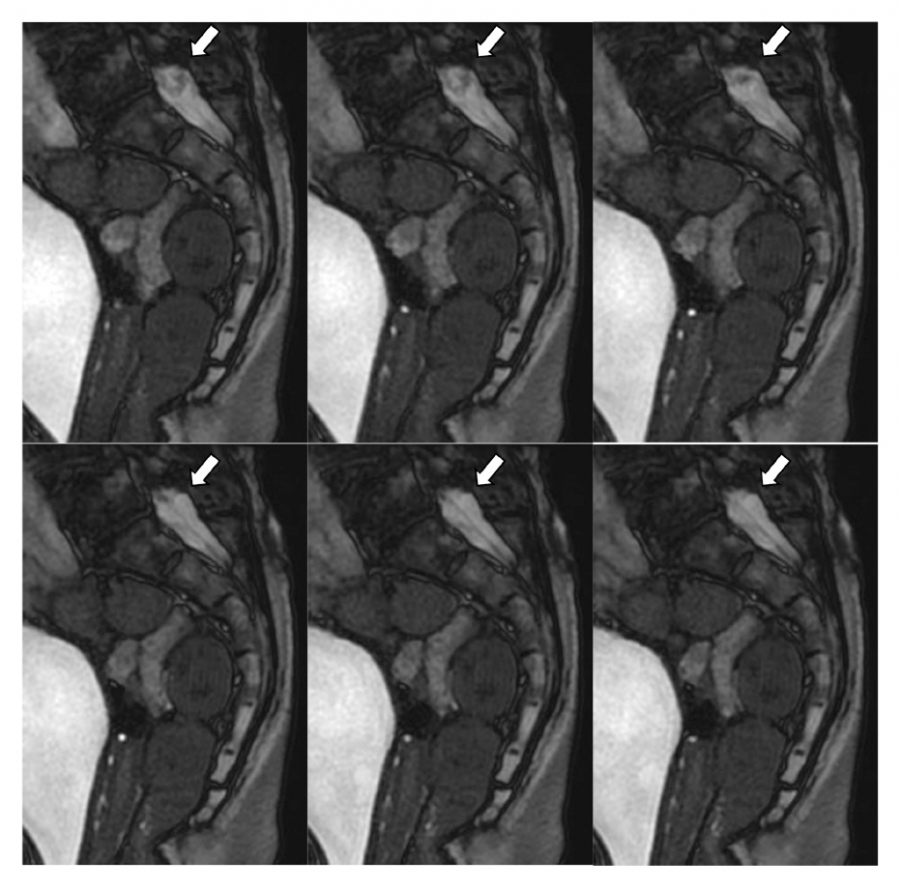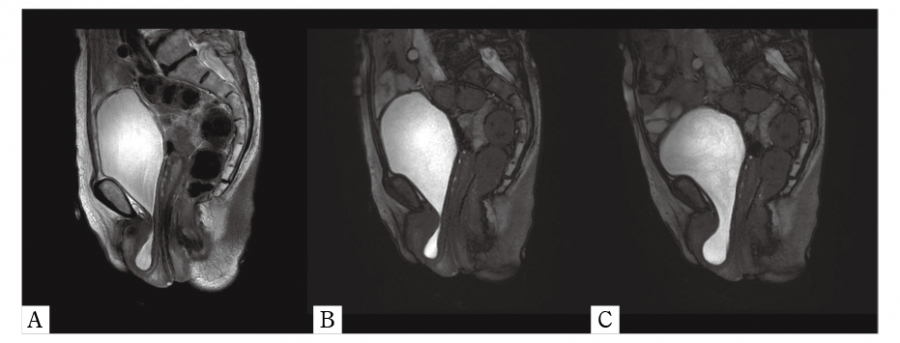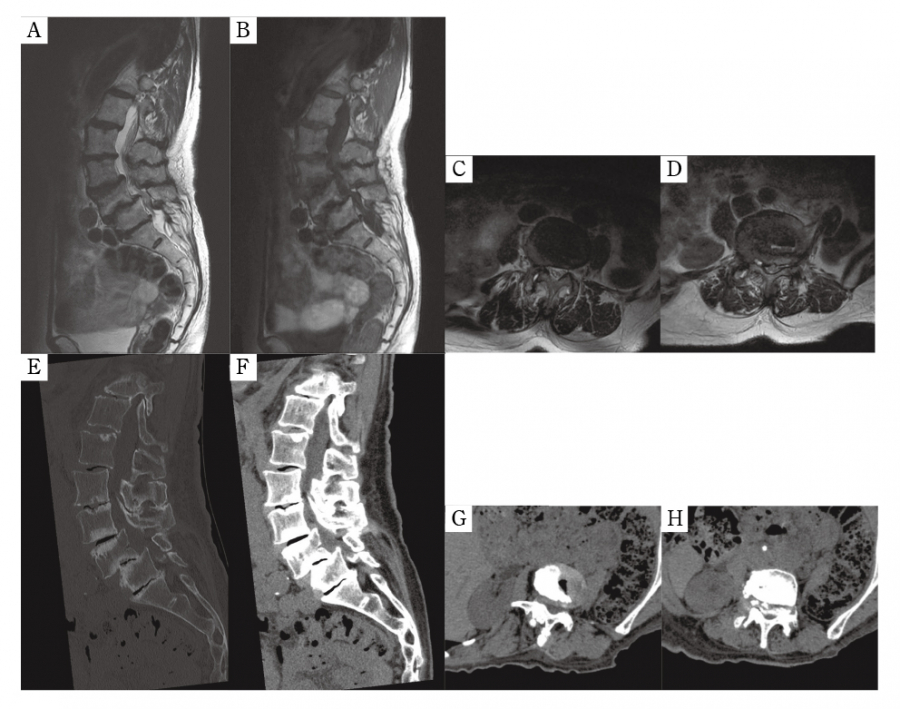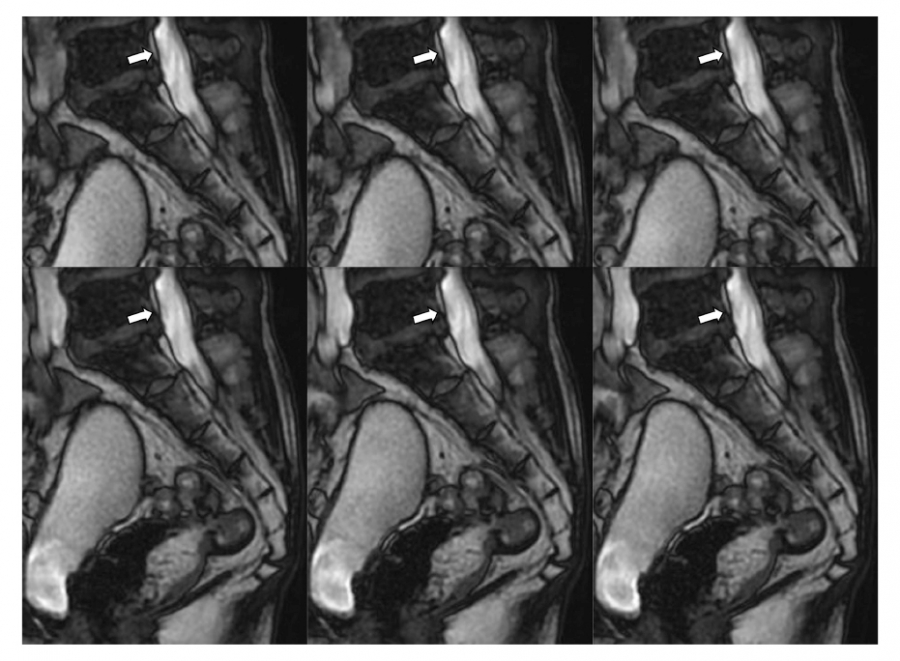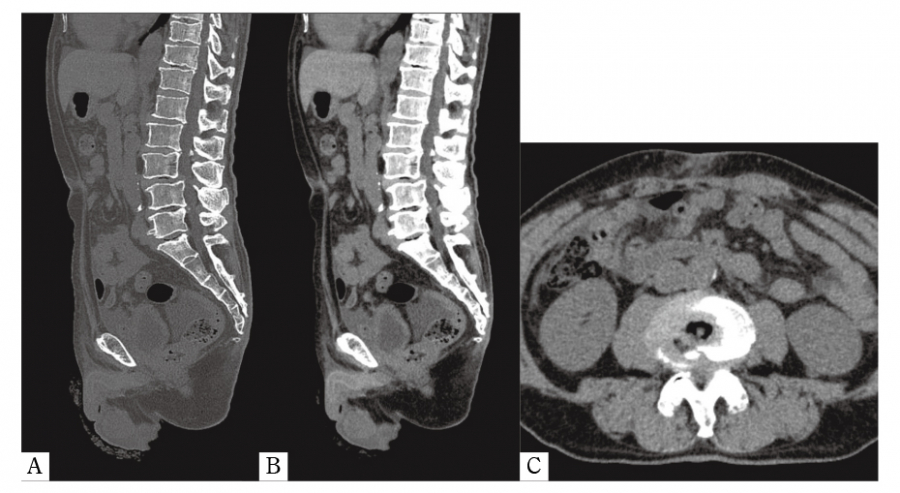1. Kreiner DS, Shaffer WO, Baisden JL, Gilbert TJ, Summers JT, Toton JF, et al. An evidence-based clinical guideline for the diagnosis and treatment of degenerative lumbar spinal stenosis (update). Spine J, 13:734-743, 2013.
2. Yabuki S, Fukumori N, Takegami M, Onishi Y, Otani K, Sekiguchi M, et al. Prevalence of lumbar spinal stenosis, using the diagnostic support tool, and correlated factors in Japan:a population-based study. J Orthop Sci, 18:893-900, 2013.
3. de Schepper EIT, Overdevest GM, Suri P, Peul WC, Oei EHG, Koes BW, et al. Diagnosis of lumbar spinal stenosis:an updated systematic review of the accuracy of diagnostic tests. Spine, 38:E469-481, 2013.
4. Williams B. Simultaneous cerebral and spinal fluid pressure recordings - I. Technique, physiology, and normal results. Acta Neurochir, 58:167-185, 1981.
5. Bump RC, Mattiasson A, Bo K, Brubaker LP, DeLancey JOL, Klarskov P, et al. The standardization of terminology of female pelvic organ prolapse and pelvic floor dysfunction. Am J Obstet Gynecol, 175:10-17, 1996.
6. Koslosky E, Gendelberg D. Classification in Brief:The Meyerding Classification System of Spondylolisthesis. Clin Orthop Relat Res, 478:1125-1130, 2020.
7. Alsaleh K, Ho D, Rosas-Arellano MP, Stewart TC, Gurr KR, Bailey CS. Radiographic assessment of degenerative lumbar spinal stenosis:is MRI superior to CT? Eur Spine J, 26:362-367, 2017.
8. Moon K, Filis AK, Cohen AR. Mobile spinal ependymoma. J Neurosurg Pediatr, 5:85-88, 2010.
9. Marin-Sanabria EA, Sih IM, Tan KK, Tan JSH. Mobile cauda equina schwannomas. Singapore Med J, 48:e53-56, 2007.
10. Laborda A, Sierre S, Malvè M, De Blas I, Ioakeim I, Kuo WT, et al. Influence of breathing movements and Valsalva maneuver on vena caval dynamics. World J Radiol, 6:833-839, 2014.
11. Drake RL, Vogl AW, Mitchell AWM. Gray’s anatomy for students 4th edition. Gray’s Anat students 4th Ed. Elsevier Inc, p104, 2019.
12. Groen RJM, du Toit DF, Phillips FM, Hoogland PVJM, Kuizenga K, Coppes MH, et al. Anatomical and Pathological Considerations in Percutaneous Vertebroplasty and Kyphoplasty:A Reappraisal of the Vertebral Venous System. Spine, 29:1465-1471, 2004.
13. Suzuki K, Ishida Y, Ohmori K, Sakai H, Hashizume Y, Rengachary SS. Redundant nerve roots of the cauda equina:Clinical aspects and consideration of pathogenesis. Neurosurgery, 521-528, 1989.
14. Suzuki K, Takatsu T, Inoue H, Teramoto T, Ishida Y, Ohmori K. Redundant nerve roots of the cauda equina caused by lumbar spinal canal stenosis. Spine, 17:1337-1342, 1992.
15. Nathani KR, Naeem K, Rai HH, Barakzai MD, Iftikhar H, Khan SA, et al. Role of redundant nerve roots in clinical manifestations of lumbar spine stenosis. Surg Neurol Int, 12:218, 2021.
16. Papavero L, Marques CJ, Lohmann J, Fitting T, Schawjinski K, Ali N, et al. Redundant nerve roots in lumbar spinal stenosis:inter- and intra-rater reliability of an MRI-based classification. Neuroradiology, 62:223-230, 2020.
17. Srivastava A, Sood A, Joy SP, Woodcock J. Principles of physics in surgery:the laws of flow dynamics physics for surgeons — Part 1. Indian J Surg, 71:182-187, 2009.

